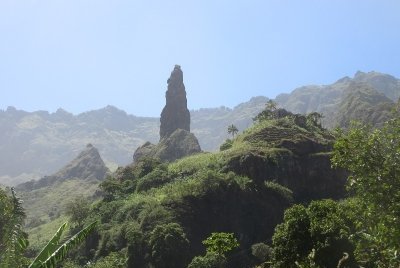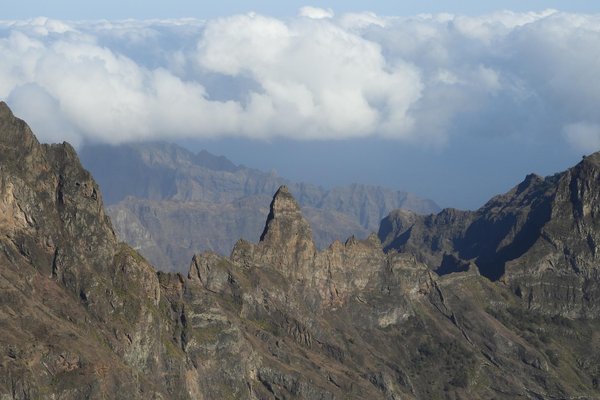Cabo Verde
Parc Naturel Cova, Paúl et Ribeira da Torre
Site Info
Official Information
- Full Name
- Parc Naturel Cova, Paúl et Ribeira da Torre (ID: 6105)
- Country
- Cabo Verde
- Status
-
On tentative list 2016
Site history
History of Parc Naturel Cova, Paúl et Ribeira da Torre
- 2016: Added to Tentative List
- Added to tentative list
- Type
- Mixed
- Criteria
Links
- UNESCO
- whc.unesco.org
All Links
UNESCO.org
- whc.unesco.org — whc.unesco.org
Community Information
- Community Category
- Wildlife habitat: Flora
- Cultural Landscape: Continuing
Travel Information
Recent Connections
News
No news.
Recent Visitors
Visitors of Parc Naturel Cova, Paúl et Ribeira da Torre
Community Reviews
Show full reviewsWojciech Fedoruk
Parc Naturel Cova, Paúl et Ribeira da Torre
Parc Naturel Cova, Paúl et Ribeira da Torre (On tentative list)

Cape Verde has a very misleading country name. It was named after the closest point in continental Africa (Green Cape), whereas the country itself is not verde (green) but rather desert-like. There is, however, one exception, which is the island of Santo Antao. The island is the westernmost in the archipelago and takes the most precipitation. There are high mountains dividing the island in two parts, where souhteastern part is barely green, while in the northwest there are regular forests and lots of plants.
Some parts of the island (all being on an usual tourist route and easy to access) were recently submitted as T-list site. The most picturesque is Parc Naturel Cova, named after the extinct crater of Cova volcano. All its surface is really green and used as agricultural land. Two other parts of the TWHS are green valleys of Ribeira da Torre and Paul. The most spectacular is the view of Ribeira da Torre (see photo), a stone steeple that surprisingly survived erosion. Along the valley of Paul, on the other hand, there are great-looking traditional stone houses, as well as marvellous stone bridges. Both valleys are used for agriculture, mostly for sugar cane, which is the basic ingredient for famous Caboverdian rum (called here grog).
Overall, although it is quite hard to assess the outstanding universal value of sites of this type, this TWHS has one of the best views in Cape Verde and is definitely worth visiting. Although the island of Santo Antao does not …
Keep reading 0 comments
